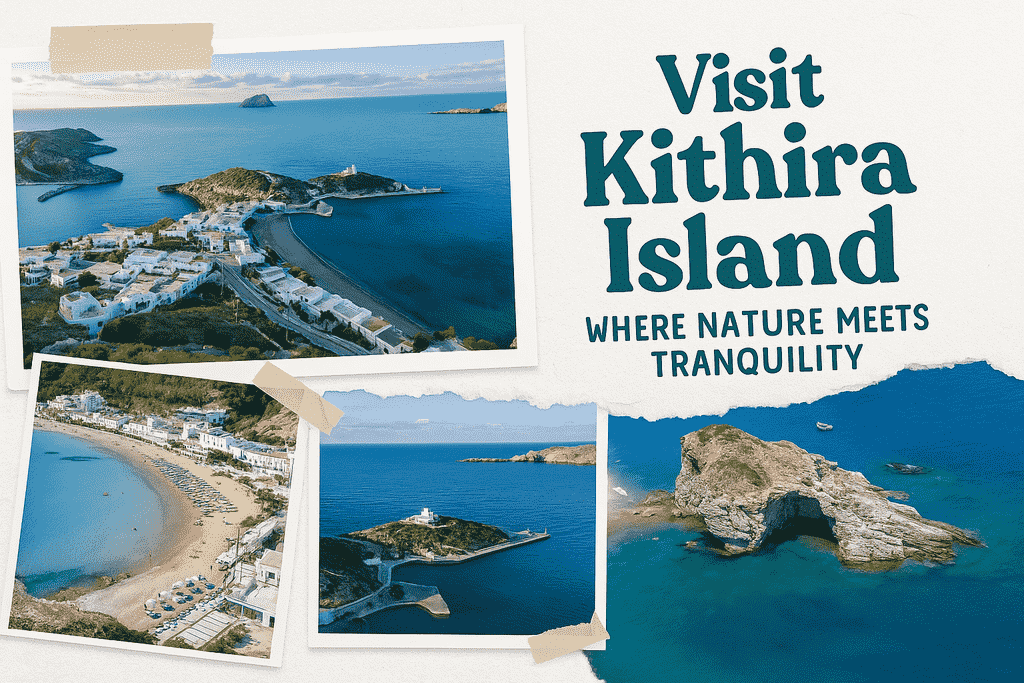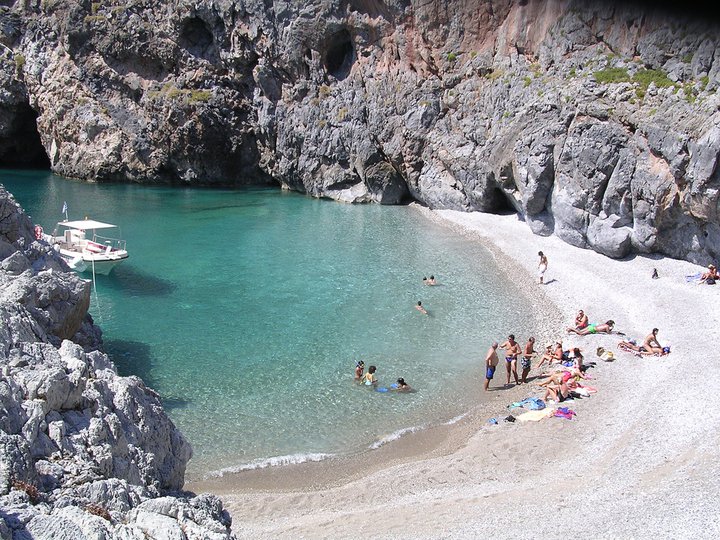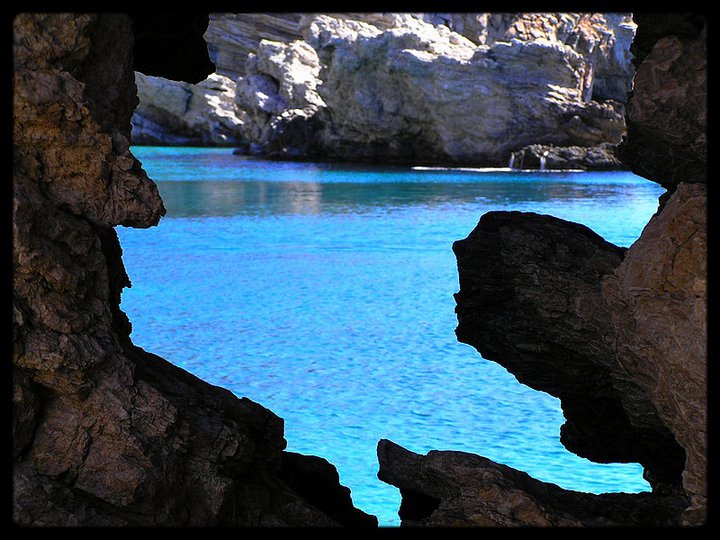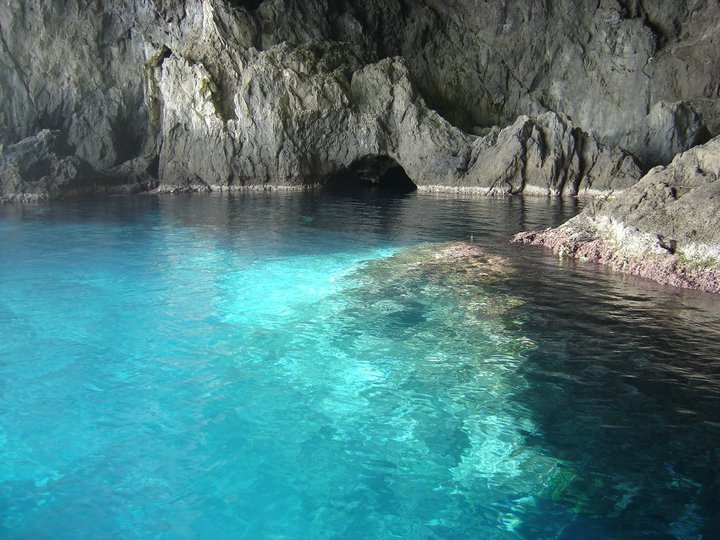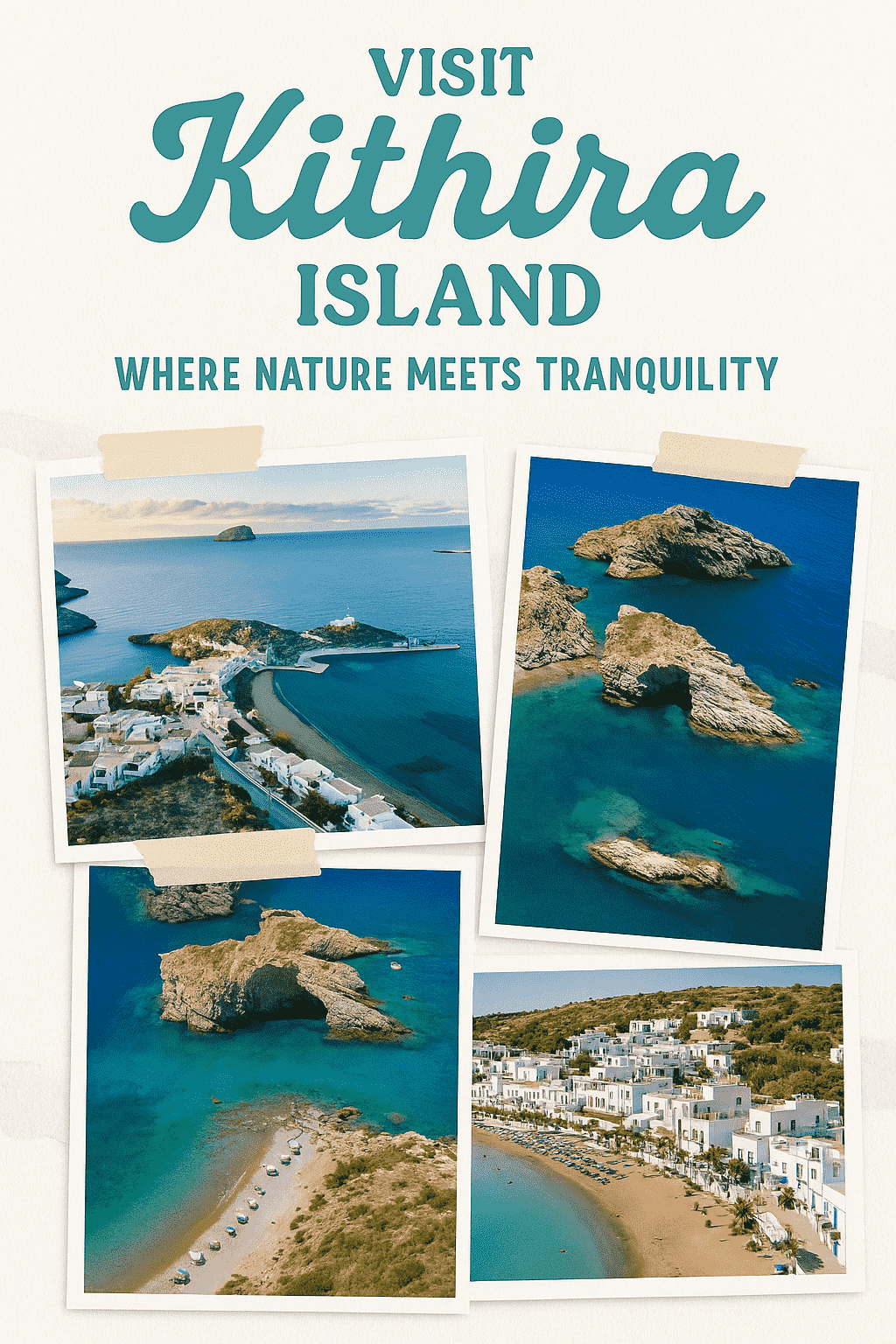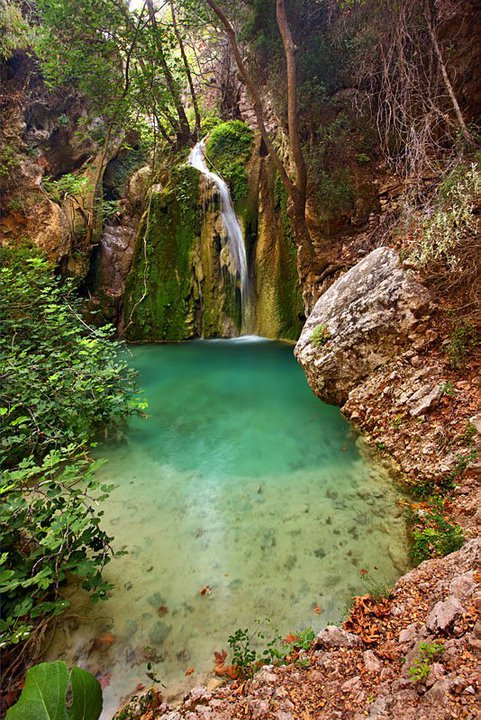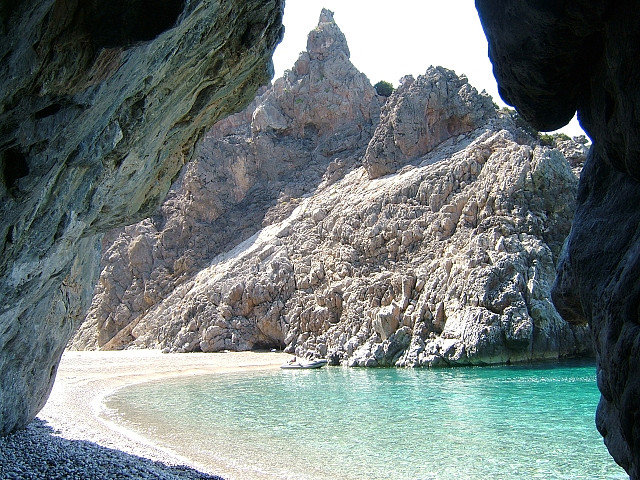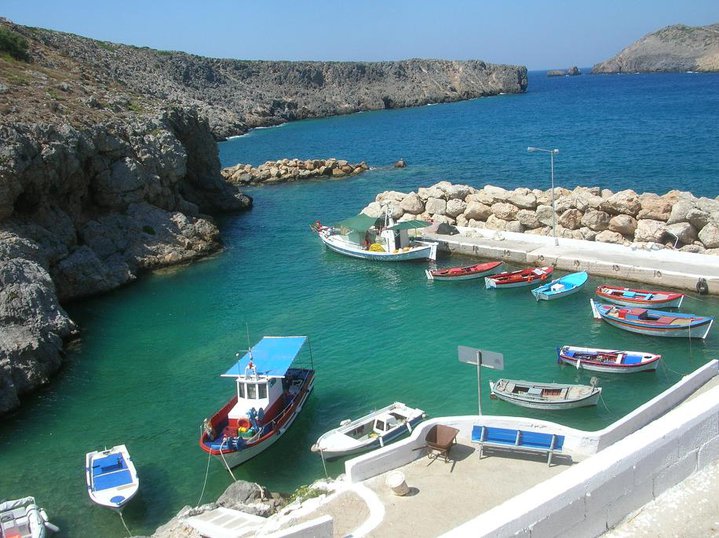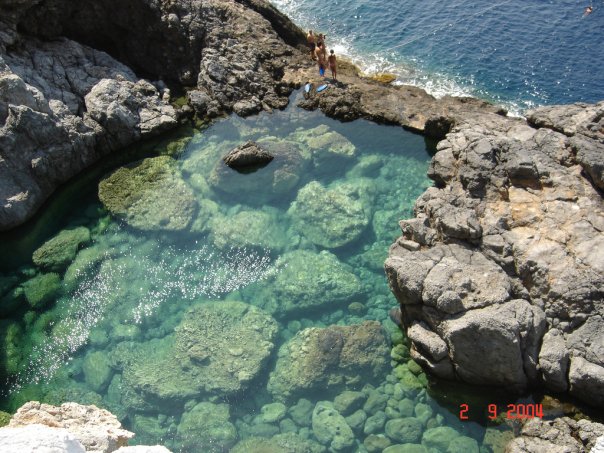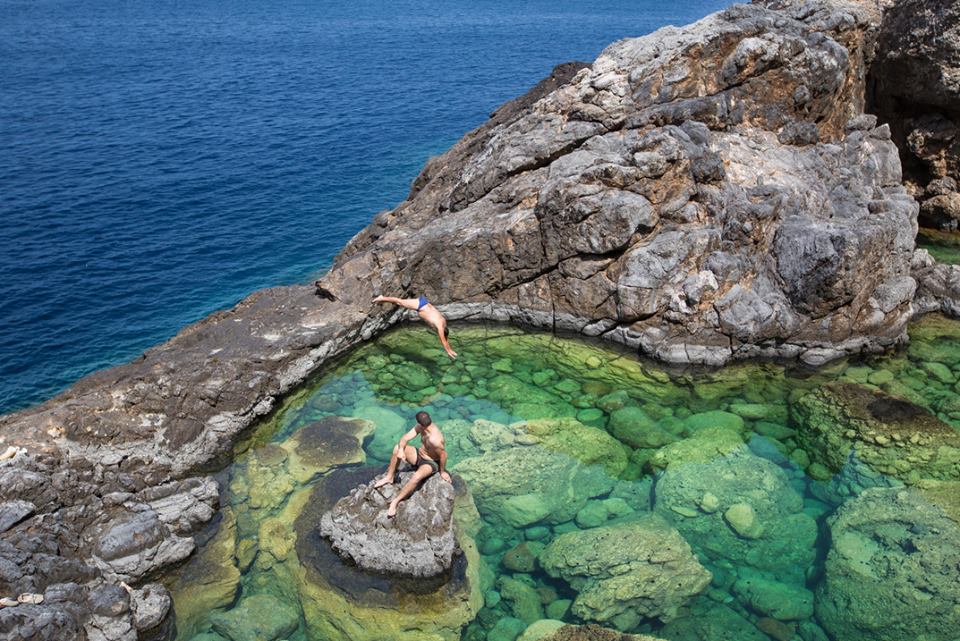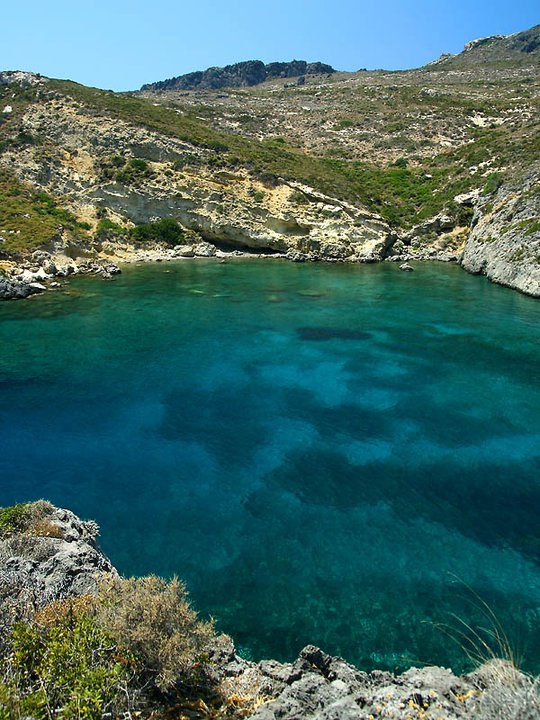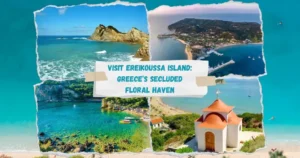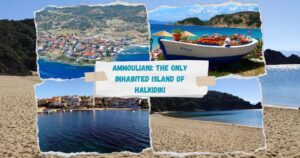Visit Kithira Island | Where Nature Meets Tranquility
Tucked away at the crossroads of the Ionian and Aegean Seas lies a Greek island that’s often missed by travelers chasing the big names like Santorini or Mykonos. But those in the know—wanderers, poets, nature lovers—whisper about Kithira (also spelled Kythera). It’s where silence still exists, where nature hasn’t been fenced off, and where time seems to meander rather than rush. Kithira isn’t just a destination—it’s a mood, a slower rhythm, a retreat for the soul. Forget the mega-resorts and the cruise ship crowds. What you’ll find here is serenity, a rich and mysterious past, and landscapes that seem like they’ve been lifted from a dream.
Getting There: The Journey Is Part of the Charm
Reaching Kithira isn’t instant, and that’s part of what makes it special. The island doesn’t make it too easy, which keeps it authentic and calm. You can reach it by ferry from Neapoli in the Peloponnese, which takes just over an hour and runs regularly during the summer. Alternatively, there are flights from Athens that last about 45 minutes, mostly operated by local Greek airlines. If you prefer a scenic road trip, you can drive from Athens to Neapoli (around 4-5 hours) and then hop on the ferry. The journey alone gives you the sense that you’re heading somewhere far removed from the usual tourist routes.
First Impressions: A Wild and Untamed Landscape
When you first set foot on Kithira, the air feels different—cleaner, saltier, scented with wild thyme and pine. The island’s landscape is rugged and authentic. You won’t find overly polished promenades or beachfront clubs here. Instead, picture untamed cliffs, sleepy stone villages, olive groves, and a coastline full of surprises. Kithira is shaped by nature, not reshaped by mass tourism. You drive through winding roads that open up to panoramic views of the sea, with goats occasionally wandering across your path and tiny chapels standing alone in open fields.
Chora: The Fairytale Capital
The capital of the island, Chora, sits dramatically on a hill overlooking the sea, with its whitewashed houses, elegant mansions, and narrow lanes leading to unexpected viewpoints. At its heart lies a 13th-century Venetian castle that watches over the Aegean like a silent sentinel. From up here, the view stretches to Antikithira and even Crete on clear days. As you explore the alleys, you’ll find boutique shops selling handmade ceramics and herbs, cozy cafés shaded by bougainvillea, and locals going about their quiet lives. There’s no rush, no pressure to check off attractions. Everything invites you to slow down and just be.
Beaches: Untouched and Full of Soul
Kithira’s beaches are diverse and mostly uncrowded. Some require a bit of effort to reach, but the reward is always worth it. Kaladi Beach is probably the most famous, but it’s still far from touristy. It’s a small cove split into three sections by large rock formations, each more beautiful than the last. The turquoise water is strikingly clear, and the cliffs surrounding the beach create a secluded, intimate atmosphere. Then there’s Fyri Ammos, with reddish sand and pebbles, perfect for late afternoon swims. Melidoni Beach, reached by a dusty trail, has a small beach bar and epic sunsets. For full seclusion, try Chalkos or Lykodimou, hidden between cliffs, often with just a few visitors even in peak season. The beaches here aren’t accessorized with sunbeds or music. They’re raw, and that’s what makes them magical.
Hidden Villages and Local Life
Beyond the coastline, Kithira’s charm deepens in its villages. There are dozens of them, each with its own feel. Avlemonas, a postcard-perfect fishing village, curves gently around a natural bay, with crystal waters perfect for snorkeling and stone-built terraces where you can sit for hours with a glass of ouzo. Mylopotamos is a green oasis in the heart of the island, with a small waterfall and Venetian-era watermills that once powered the island’s economy. Walk the shaded path along the river, and you’ll feel like you’re in a storybook. Potamos, one of the largest villages, comes to life on Sundays with its local market. You’ll find everything from herbs and homemade cheese to vintage tools and textiles. And wherever you go, locals are kind, often offering unsolicited smiles and curious conversations. This isn’t hospitality for tips—this is genuine connection.
The Island’s Spiritual Core
Kithira has long been associated with myths and spirituality. It’s often cited as the birthplace of Aphrodite, the goddess of love, which gives the island a certain mythic aura. Religious sites here feel more personal than grand—tiny chapels built into rockfaces, forgotten monasteries with views that seem designed for meditation, and Byzantine churches holding centuries of stories in their faded frescoes. One of the most significant is the Monastery of Panagia Myrtidiotissa, the island’s spiritual heart, set in a remote valley surrounded by wild hills. Each September, a major pilgrimage takes place here, connecting the island’s past to its living present. The silence in this place feels like a presence rather than an absence.
Food and Flavor: Simple, Honest, Delicious
Eating in Kithira is not about extravagance—it’s about authenticity. The cuisine is earthy, local, and seasonal. The island produces excellent olive oil, honey (especially thyme honey), capers, herbs, and goat cheese. Most tavernas serve what was cooked that day. A standout dish is Paspalas, a pork and tomato stew with eggs and spices. You’ll also find Xerotigana, local sweets made with thin dough, honey, and nuts. Fresh seafood is plentiful, often caught by the taverna owner himself. In Avlemonas, there are seaside restaurants where fish is grilled on open flames just meters from the water. A typical meal with salad, main, and wine might cost €15–20 per person—nothing fancy, but full of flavor. Cafés often double as social hubs, where locals gather not to rush but to linger, talk, and share time.
Practical Tips for Visiting
Getting around Kithira is easiest with a car. Public transport is minimal, and many of the most beautiful spots are hidden down rural roads. Rental cars are available in the port town of Diakofti or near the airport, with rates starting around €35 per day. As for accommodation, the island offers charming guesthouses, boutique hotels, and family-run apartments. Prices are moderate, with most options ranging from €40–80 per night. English is widely spoken, but a few Greek phrases go a long way in making connections. Tap water is drinkable, and while Kithira is safe overall, bring cash for small tavernas and shops, as card acceptance isn’t universal.
When to Go: Follow the Flow of Nature
The best time to visit Kithira is late spring (May–June) or early autumn (September–October). The weather is warm but not scorching, the sea is swimmable, and the landscapes are green and blooming. July and August see more visitors, especially Greeks from the mainland, but even then, Kithira never feels crowded. Winters are quiet and moody, with many businesses closing, but for those seeking true solitude and introspection, it can be a deeply rewarding time.
A Place That Stays With You
Kithira is not a place you check off a list. It’s a place that lodges itself in your memory, slow-brewing its impression like a good herbal tea. It’s about moments—watching the stars from an empty beach, hearing nothing but wind through pine trees, exchanging smiles with a baker who hands you warm bread without words. It doesn’t try to impress. It just is. And that, in today’s fast-tracked world, is a luxury beyond compare.
Final Thoughts: For Travelers, Not Tourists
If you’re looking for all-night parties or endless shopping, Kithira probably isn’t for you. But if you crave silence, connection, raw beauty, and a glimpse into a slower, richer way of life, then this island may very well be your sanctuary. It invites you to forget itineraries and timelines. To explore, rest, eat, think, and feel. Kithira isn’t for everyone—but if you’ve read this far, it might just be for you.
Images via: facebook.islandsofgreece

